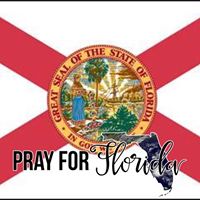In which year was the 'three-point' field goal scoring adopted as a rule by a basketball league?
A three-point field goal (also 3-pointer or informally, trey) is a field goal in a basketball game made from beyond the three-point line, a designated arc surrounding the basket. A successful attempt is worth three points, in contrast to the two points awarded for field goals made within the three-point line and the one point for each made free throw.
The three-point line was first tested at the collegiate level in 1945, with a 21-foot line, in a game between Columbia and Fordham, but it was not kept as a rule.
There was another one-game experiment in 1958, this time with a 23-foot line, in a game between St. Francis (N.Y.) and Siena.
In 1961, Boston University and Dartmouth played one game with an experimental rule that counted all field goals as three points.
At the direction of Abe Saperstein, the American Basketball League became the first basketball league to institute the rule in 1961. Its three-point line was a radius of 25 feet (7.62 m) from the baskets, except along the sides.
The three-point shot later became popularized by the American Basketball Association (ABA), introduced in its inaugural 1967–68 season.
In June 1979, the NBA adopted the three-point line for a one-year trial for the 1979–80 season, despite the view of many that it was a gimmick.
The sport's international governing body, FIBA, introduced the three-point line in 1984, at 6.25 m (20 ft 6 in), and it made its Olympic debut in 1988 in Seoul, South Korea.
More Info:
en.wikipedia.org













